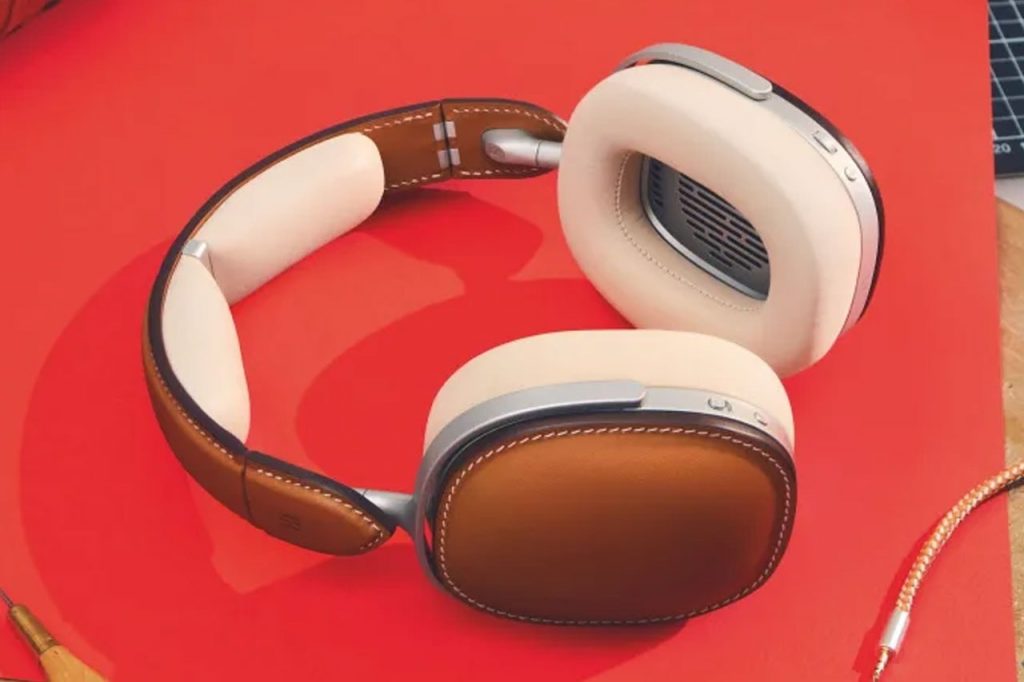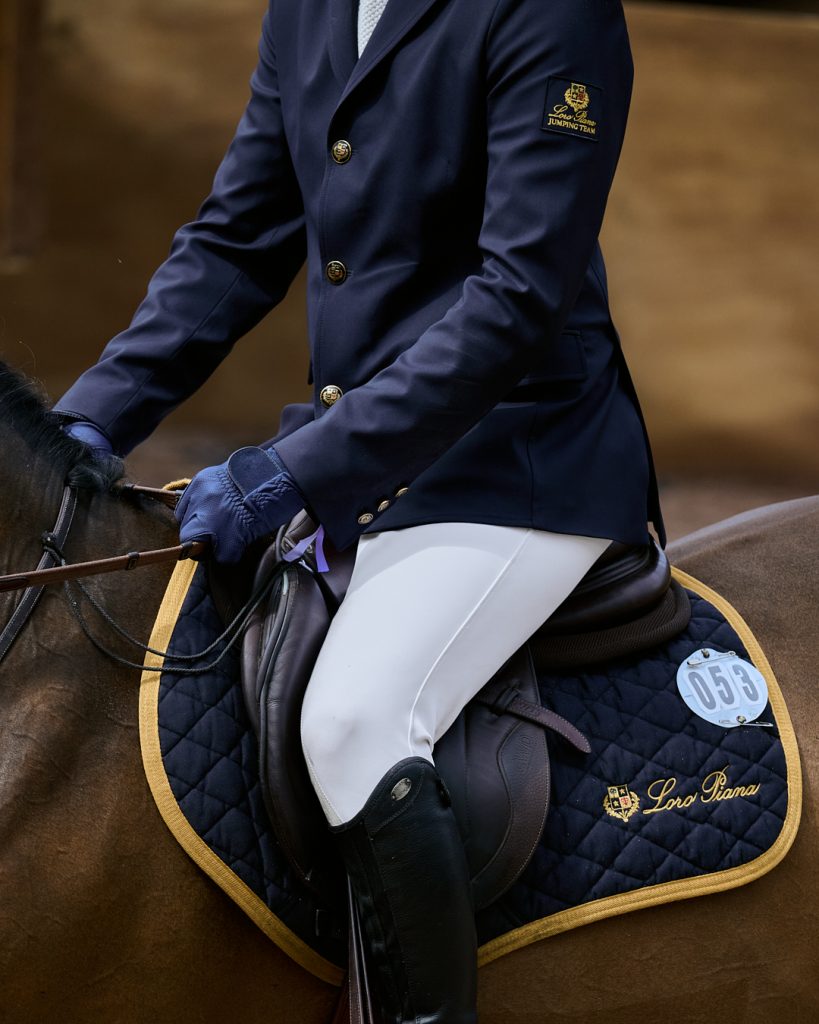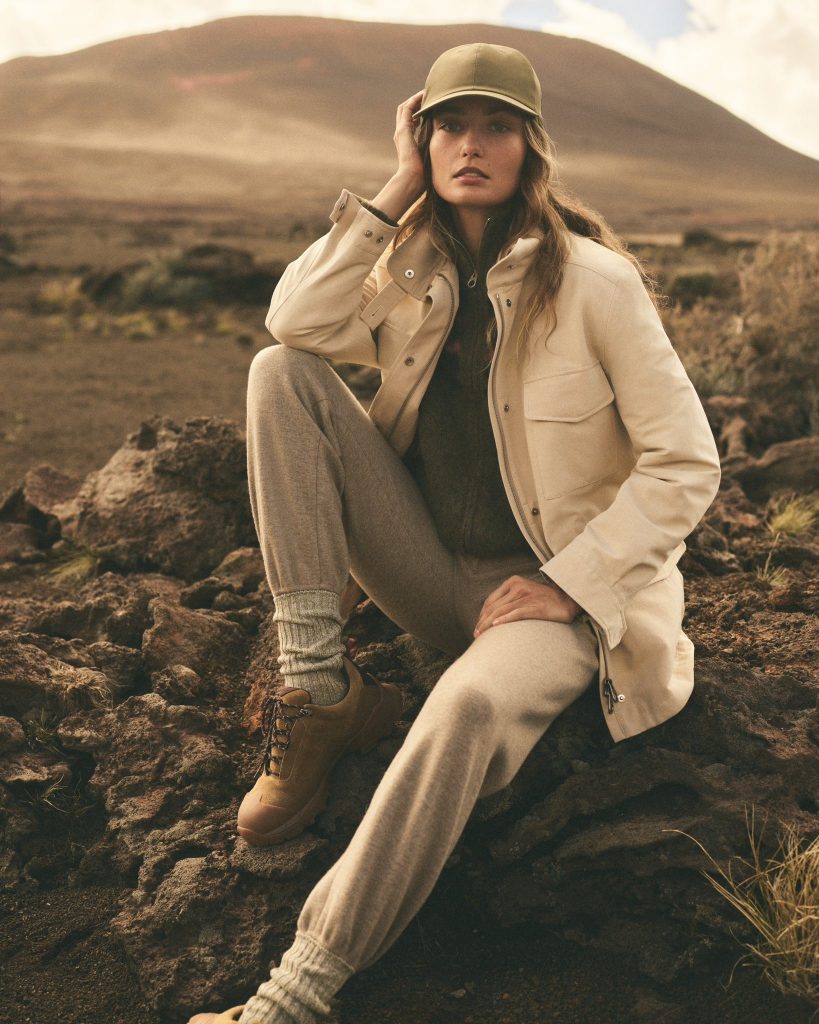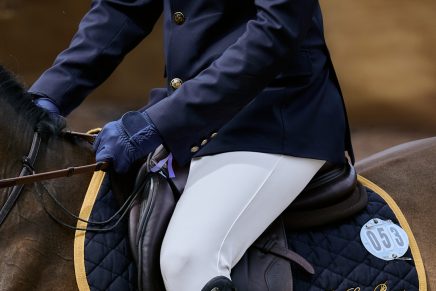From Battlefield to Boutique: Military Innovations in the Luxury Market (2025)
The transfer of technology and concepts from military and defense sectors to the civilian, and more specifically, the luxury market, is a long-standing trend. In 2025, this cross-pollination continues, manifesting in subtle yet significant ways, driven by advancements in materials, data security, and intelligent systems. While direct, overt military branding in luxury is rare, the underlying principles of durability, precision, and advanced functionality derived from defense research are increasingly embedded into high-end products and experiences.
1. Advanced Materials: The Foundation of Unseen Strength
The military’s relentless pursuit of lighter, stronger, and more resilient materials for protection and performance has a direct impact on luxury goods. In 2025, we are seeing these innovations translated into enhanced durability and a sophisticated aesthetic of “engineered luxury.”
Ultra-High Molecular Weight Polyethylene (UHMWPE) and Aramids: These high-strength fibers, foundational in ballistic protection (e.g., body armor, helmets), are being explored for applications where extreme durability and lightness are valued. While not explicitly advertised as “ballistic,” luxury luggage, performance wear, and even certain automotive components are incorporating advanced composites and polymers that benefit from the research in these fields.
Example: While specific luxury product launches for 2025 are not explicitly named as using “ballistic materials,” the broader trend in advanced materials (like those developed by Dyneema with its HB330 and HB332 series in January 2025) emphasizes lighter, stronger, and more flexible composites. This translates to luxury products that offer superior resilience without added bulk, such as high-performance travel luggage, robust yet sleek watch cases, and durable components in luxury vehicles that aim for both safety and lightness.
Ceramic and Metal Matrix Composites: Defense-driven research into ceramics for armor and high-temperature applications informs their increased use in luxury watches, automotive brakes, and even certain architectural elements for high-end properties, offering scratch resistance, lightness, and a distinctive finish.
Example: Luxury watch brands continue to utilize advanced ceramics for their scratch resistance and lightweight properties. While not directly “military-grade,” the material science advancements echo defense sector’s demands for extreme performance.
2. Cybersecurity and Secure Data: Protecting the Unseen Assets
The military’s focus on secure communication, data integrity, and cyber defense is directly relevant to the luxury market’s growing digital footprint, from e-commerce to personalized client data and even the authenticity of physical goods.
Blockchain for Authenticity and Supply Chain: While not exclusively military, the principle of immutable, secure ledgers, akin to tracking sensitive military assets, is foundational to luxury brands combating counterfeiting and ensuring ethical sourcing.
Example: The Aura Blockchain Consortium, a joint venture including luxury giants like LVMH and Prada, continued its work in 2025 to leverage blockchain for product traceability and authentication. This provides consumers with verifiable proof of origin, combating counterfeits, and ensuring ethical sourcing—a principle crucial for sensitive military supply chains, adapted here for luxury integrity.
Secure AI Applications: As military operations increasingly rely on AI for decision-making and data analysis in secure environments, luxury brands are also seeking “AI-powered everything” with a strong emphasis on data privacy and security, particularly for hyper-personalized client experiences.
Example: AI tools are being developed by companies like EdgeRunner AI (partnering with Meta for military applications), focusing on offline, on-device AI agents that safeguard sensitive data. This concept of secure, localized AI processing could influence luxury retail experiences, allowing for highly personalized interactions (e.g., virtual try-ons, bespoke recommendations) without sensitive customer data leaving a secure, internal ecosystem. This minimizes cyber risks, a constant concern for high-value client data.
3. Robotics and Automation: Precision and Efficiency
Military logistics and advanced robotics for hazardous environments inspire efficiency and precision in luxury manufacturing and experiential delivery.
Precision Robotics in Manufacturing: While the military uses robotics for dangerous tasks, luxury manufacturing employs high-precision robotics for intricate processes, ensuring flawless execution in limited-edition pieces.
Example: In luxury watchmaking and high jewelry, robotics and advanced automation (echoing military-grade precision in manufacturing) are used to achieve unprecedented levels of detail and consistency in components that are too delicate or complex for human hands alone. While not a direct “launch,” this ongoing integration ensures the flawless quality expected in luxury.
Drone Technology for Exclusive Experiences: Drones, initially developed for surveillance and reconnaissance, are finding unique applications in luxury for capturing breathtaking aerial photography and videography for exclusive events, real estate showcasing, or even as high-tech delivery systems for bespoke services.
Example: The drone technology market is projected for significant growth in 2025, with increasing adoption for aerial photography and videography in commercial applications. For the luxury market, this means breathtaking cinematic presentations for high-end real estate, exclusive resort tours, or bespoke event coverage, offering a unique perspective previously associated with military intelligence gathering. Autonomous drones are also gaining traction for specialized delivery, hinting at future luxury concierge services.
4. Stealth and Understated Aesthetics: The “Quiet Luxury” Parallel
While literal “stealth technology” is about evading detection, its aesthetic principles—clean lines, absence of overt branding, and focus on functional form—have found a parallel in the “stealth wealth” or “quiet luxury” trend.
Minimalist Design, Maximum Impact: The luxury fashion and design world in 2025 heavily emphasizes “understated luxury,” where quality and craftsmanship speak louder than overt logos. This echoes the functional, unadorned aesthetic often found in military-grade equipment, where every element serves a purpose and excess is stripped away.
Example: The rise of “stealth wealth fashion” in 2025, championed by brands like Loro Piana, Khaite, and The Row, reflects a desire for understated elegance, high-quality materials, and timeless design over flashy branding. While not a direct military transfer, the aesthetic principles of discretion, meticulous craftsmanship, and functional design (where form follows a high-performance function) parallel military equipment design, adapted for a discerning civilian market.
The impact of military innovation on the luxury market in 2025 is less about direct product replicas and more about the underlying principles: uncompromising performance, advanced material science for durability and lightness, robust data security, and precision engineering. These elements, refined and aesthetically integrated, elevate luxury goods and experiences, subtly translating battlefield advancements into boutique sophistication.










